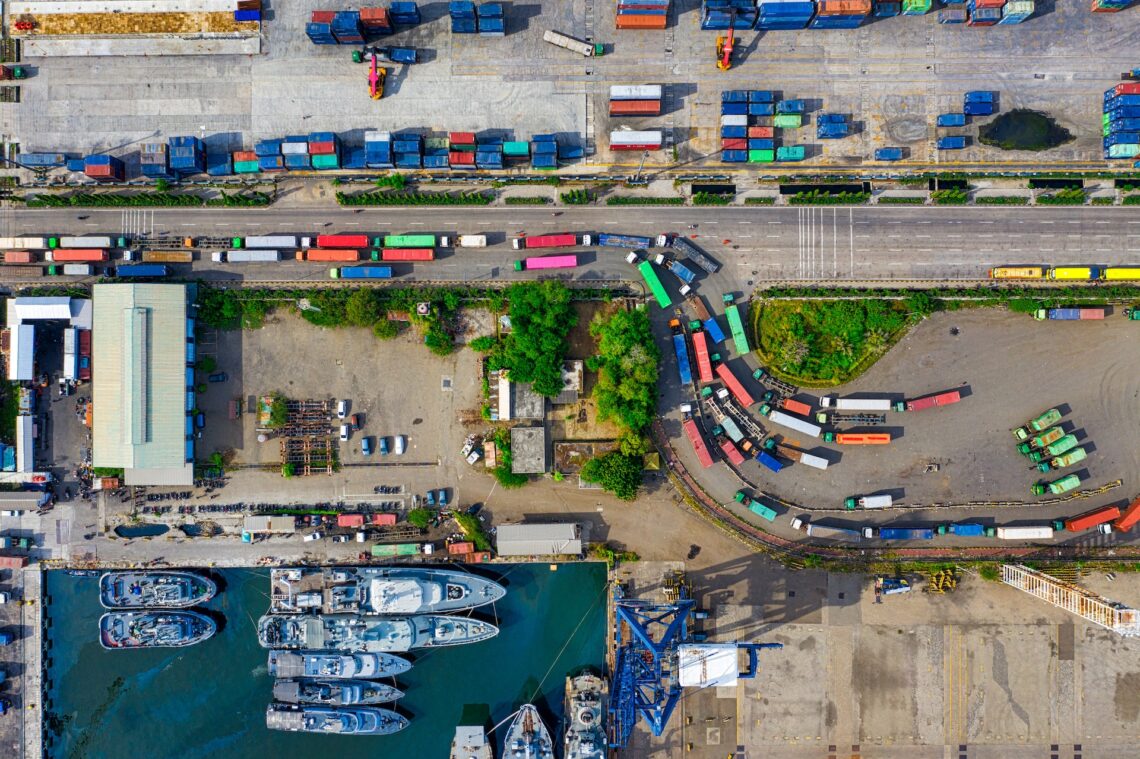Among the many benefits of cold storage trucking, a regional route can allow more drivers to return home at the end of the day. This can help complex storage providers retain their drivers. Cold storage providers must also have detailed contingency plans for the different events that could shut down a cold storage facility. These plans must be carefully crafted based on granular details and must also include flexibility.
Transporting perishable goods
Cold storage trucking is a type of transportation used for perishable goods. The logistics involved in moving these commodities from one location to another are complex, and experts need special training to handle them. The key to successful delivery is maintaining the proper temperature. Many forwarders offer training in this area.
Companies that transport perishable goods need to be efficient and organized. Proper storage and loading methods are essential to ensure that their cargo remains in the coldest temperature range. They also must follow strict guidelines and provide accurate delivery times. In addition, proper cold chain logistics can help extend the shelf life of perishable goods.
Perishable goods require special handling to prevent them from spoiling. Frequent temperature monitoring is critical. It’s imperative to use refrigerated containers that maintain the correct temperature.
Minimizing shrinkage
Minimizing shrinkage is essential in the food and drug industries. While shrinkage is a growing concern, there are several ways to reduce the amount of product that goes to waste. This process involves temperature control, techniques, and ingredients. To reduce the amount of waste generated, follow these tips.
First, identify the sources of shrinkage. People and processes are the most common contributors to product shrinkage. These sources may include theft, human error, and poor practices in stores. If a retailer is concerned about shrinkage, it can be beneficial to look into the trucking company’s process.
Once you know what causes shrinkage, you can begin implementing strategies to minimize it. One of the best ways to do this is by calculating your product’s shrinkage percentage. Keeping your inventory as accurate as possible is essential for knowing what percentage your product has lost. Once you have calculated the rate of your product, you can track it over time and make adjustments to your operations to prevent it from happening again.
Improving customer satisfaction
The VRP-CSC model can be used to improve customer satisfaction levels dramatically. This model is based on science and is highly effective in achieving the desired results. First, determine the number of fully satisfied customers. This will give you a good idea of how many customers you can expect to meet. Next, calculate the average cost per delighted customer.
One of the biggest challenges in cold chain logistics is ensuring high customer satisfaction. This is especially important for the complex supply chain logistics distribution industry. The cold chain is a highly competitive industry, and customer satisfaction is essential for the success of any company. Therefore, keeping track of your customer’s satisfaction levels and ensuring they are happy with your service is critical.
Cold chain logistics companies must consider customer satisfaction and carbon emissions as part of their optimization processes. Based on the cost-benefit principle, the optimal distribution plan should reduce carbon emissions while improving customer satisfaction. Therefore, the goal of the optimal distribution plan is to achieve the highest levels of customer satisfaction at the lowest cost.






